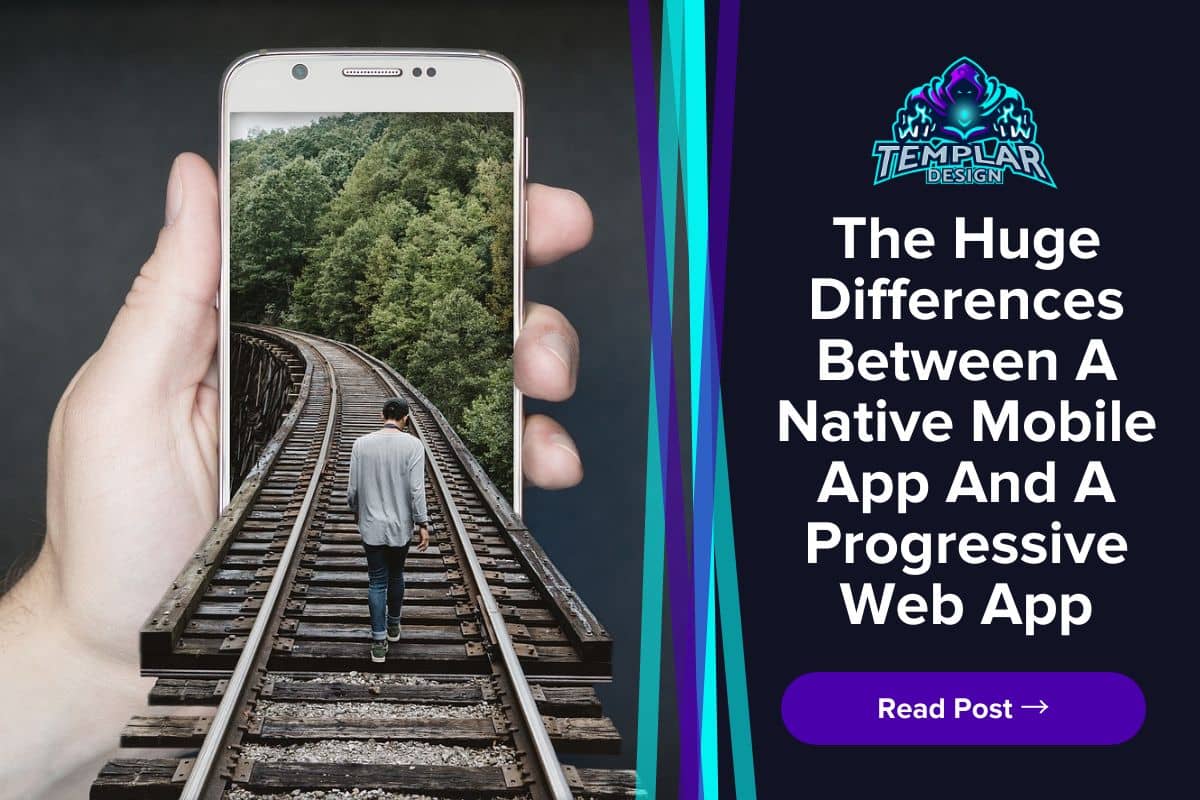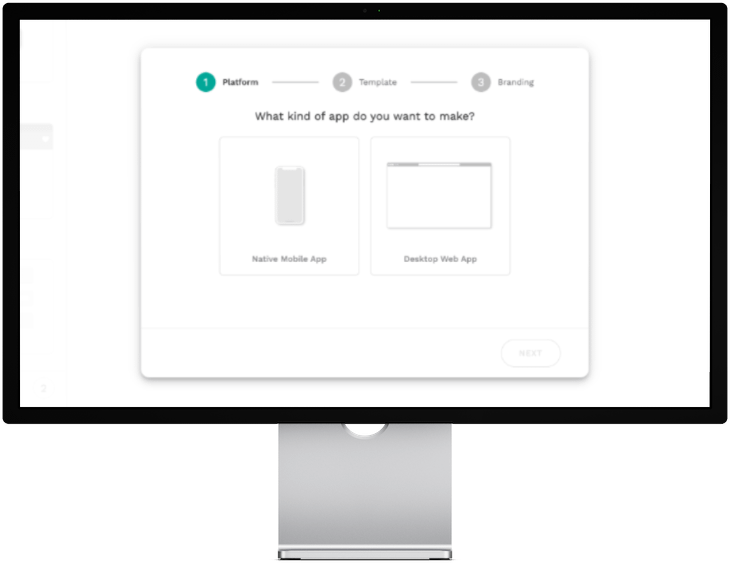If you’re considering building an app, you’ll need to know the differences between a native mobile app and a progressive web app is right for you.
Since I’m a die-hard Adalo user, I have the convenience of choosing which to build right when I create a new app. This article will help you understand the differences between a native mobile app and a progressive web app so that you can make the best decision for your business.
What is a native mobile app and what is a progressive web app?
A native mobile app is an application that is installed on a user’s device. Native mobile apps generally provide a better user experience than progressive web apps because they are faster and more responsive.
However, native mobile apps tend to have more features than progressive web apps. Users can download your apps from either the Apple App Store or Google Play based on the device they are using. This does take up storage space on the users’ devices.
Progressive web apps are websites that can be added to a device’s home screen and used like a native mobile app. Progressive web apps can be updated without having to submit an update to the App Store or Google Play, which makes them more convenient when you need to change something quickly.
However, progressive web apps may not be as fast or responsive as native mobile apps since they rely on internet connectivity. Users access your progressive web apps through a URL and can add a shortcut to it on their home screen. PWAs do not take up storage space on the users’ devices.
The main differences between a native mobile app and a progressive web app are how they store and serve data. Native mobile apps store most of their data locally on the device, while progressive web apps store data in the cloud or on a server.
This means that a native mobile app will generally be faster since all of the code resides on the user’s device, whereas in a progressive web app, all resources need to be fetched from somewhere online. Out of all of the differences between a native mobile app and a progressive web app, this is by far the most important.
Who is your target audience and do they prefer native mobile apps or progressive web apps?
When deciding whether to build a native mobile app or a progressive web app, you’ll need to consider your target audience and what kind of user experience you want to provide.
If you’re targeting users who want a fast, responsive app, then a native mobile app is probably the right choice. If you’re targeting users who want the convenience of being able to access your app without having to go install an app from an app store, then a progressive web app is probably the right choice.
It’s also worth noting that with Adalo, you have the ability to create a native mobile app and then create a desktop progressive web app that shares the same database. This way, you can give your users the best of both worlds!
By creating both, you don’t have to worry about knowing the differences between a native mobile app and a progressive web app, you can let your users decide which they’d like to use. It is still important to know the differences between a native mobile app and a progressive web app so that you can build features specifically for one or the other.
Here are some features that may not be available on a progressive web app:
– Push notifications
– Touch ID/Face ID/Biometric logins
– App Store Optimization (ASO)
– In-app purchases
Push notifications are a key part of the native mobile app experience and are not available on progressive web apps. This means that you won’t be able to send push notifications to your users unless you also build a native mobile app.
Touch ID/Face ID/Biometric logins are another key feature of native mobile apps that is not available on progressive web apps. This means that if you want to allow your users to log in with their fingerprint or face, you’ll need to build a native mobile app.
App Store Optimization (ASO) is the process of optimizing your app for the App Store or Google Play. ASO is important for getting your app found by potential users. However, progressive web apps are not listed in the App Store or Google Play, so you won’t be able to take advantage of ASO if you build a progressive web app. In-app purchases are only available on native mobile apps.
This means that if you want to sell digital products or services from within your app, you’ll need to build a native mobile app.
This list is not to say that these features are not possible, but it would require a lot more work to get these things to work well in a progressive web app since they are not built into the web platform. If you’re looking to build an app with all the bells and whistles, then a native mobile app is probably the way to go.
However, if you’re just looking to create an app that is convenient and easy to use, then a progressive web app may be the right choice for you. It’s helpful to comb over these differences between a native mobile app and a progressive web app to know which is the right one for you and your business.
What are the differences between a native mobile app and a progressive web app? Conclusion
So, what’s the bottom line? If you’re not sure which route to take, the best thing to do is to experiment and see what works best for you and your users.
There’s no right or wrong answer when it comes to choosing between a native mobile app and a progressive web app – it all depends on your specific needs and goals.
Do you still have questions? Our team of experts would be happy to chat with you and help you figure out which option is right for you. Contact us today to get started!



0 Comments